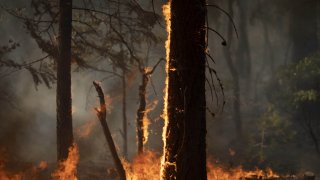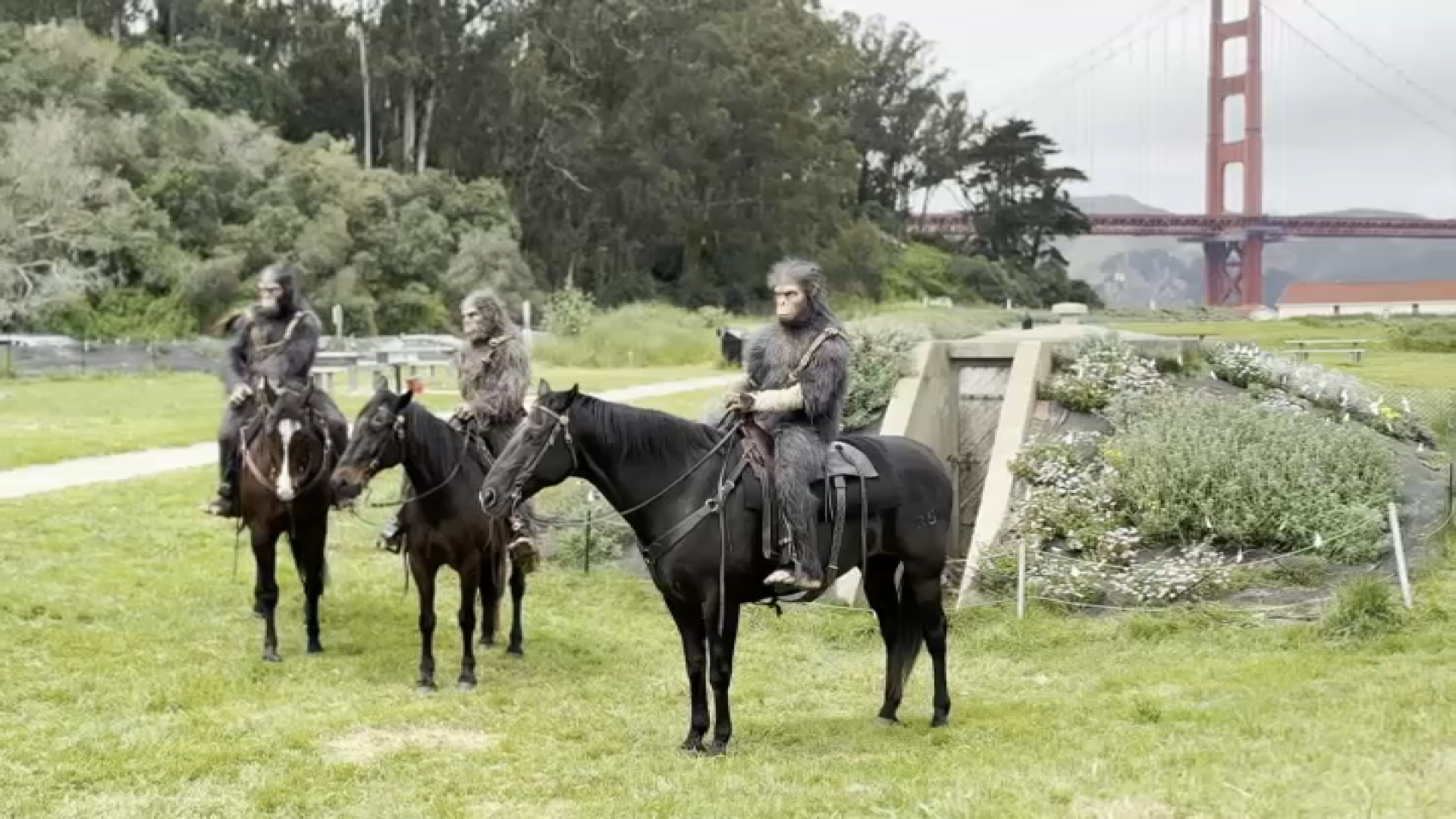
A federal judge pressed PG&E on Monday to explain why it didn’t shut down power at the first sign of trouble on the line tied to the massive Dixie Fire. Specifically considering that remote and aging span ranked 11th highest in risk for equipment-sparked wildfires among thousands of circuits in the utility’s distribution grid.
“Why was the power left on? That’s the key question,” Judge William Alsup asked after he grilled a PG&E technician who was dispatched to the scene where a tree had fallen onto the Bucks Creek line hours earlier on July 13 -- the same day the Dixie fire started.
“Wouldn’t it be the prudent thing to do to turn that power off, in case there was a tree on the line?”
The first sign of trouble came at 7 a.m., the company has said, when PG&E system alerts picked up a brief fluctuation of power when power was lost at Cresta Dam. But the fluctuation didn’t last long enough to trigger an automatic shutdown of the line, the company has said.
The power remained on during the 9.5 hours it took for PG&E’s technician, known as a troubleman, to arrive.
Get a weekly recap of the latest San Francisco Bay Area housing news. Sign up for NBC Bay Area’s Housing Deconstructed newsletter.
By that time, a fire had already started.
During the hearing, Alsup repeatedly pressed a PG&E troubleman about what he knew and did when he got the call about power being out at a dam across the Feather River Canyon.
The troubleman, whose name was not revealed out of concern for his safety, told Alsup that he saw at least one blown fuse when he examined the line through binoculars.
Local
That was about 12:30 p.m. But instead of going about two minutes up the road to a switching station to shut off the power, the troubleman recounted taking a circuitous route to get to the power pole where the fuses were blown. He said he was delayed by a repair crew doing work on a bridge.
Alsup asked the troubleman why he didn’t simply go to the switching station nearby, or contact supervisors to ask them to shut down the line remotely.
“I see no indications or any reason why I would have to do that,” he responded. But Alsup pointed out that the troubleman himself had admitted his view of the line was limited from his vantage point.
“I figured I’d see some smoke or something, downed wires, had a tree fallen,” the troubleman told the judge. Absent evidence, he told the judge he didn’t have authority to act on his own.
“It’s not our policy to open and deenergize customers without a cause,” the troubleman said.
When he finally arrived, the troubleman reported over the radio that a fallen tree had sparked the fire. But when Alsup asked if he still believed that, the troubleman said he could no longer be so sure, suggesting lightning could be to blame and emphasizing he was not an expert.
Now faced with battling the a small but remote fire on his own, the troubleman said he twice slid down a steep hillside with a fire extinguisher in hand and later a rake to try to control the fire and keep it from spreading into the canopy of trees.
Alsup thanked him for those efforts.
“It’s now the largest single wildfire in California history – you tried to stop it, and I thank you for that.” But the judge turned his attention to lawyers for the utility, giving them until Friday to account for why PG&E did not act to cut off the power sooner, given the obvious risk to a circuit that PG&E ranked 11 out of more than 3,000 for risk of equipment-caused fire.
Alsup stressed that he is going to keep up the questioning of the utility, even as his authority ends early next year. That’s when the company’s five year probation term in the San Bruno gas explosion case expires.
“Until then, I’m going to do my job, Your company is a convicted felon that poses a safety hazard to the people of California,’’ he told company attorneys. “My job is to try to rehabilitate you the best I can, in the five years I have jurisdiction. I plan to do it right until the last minute.’’



